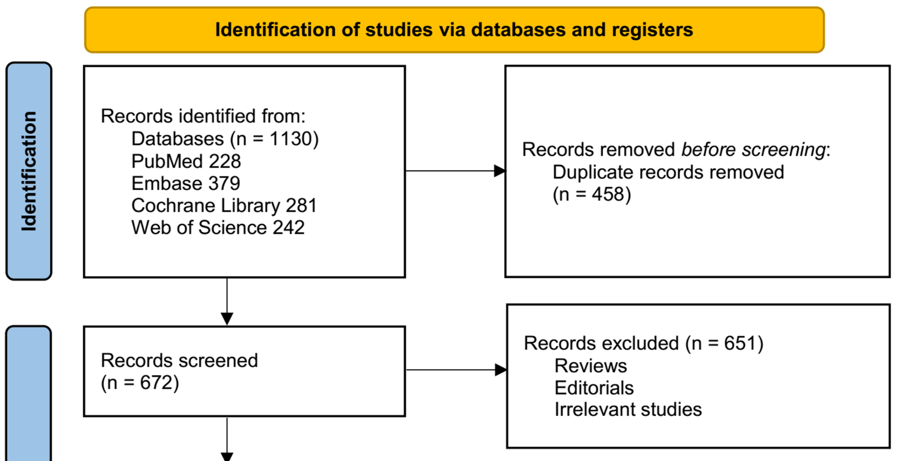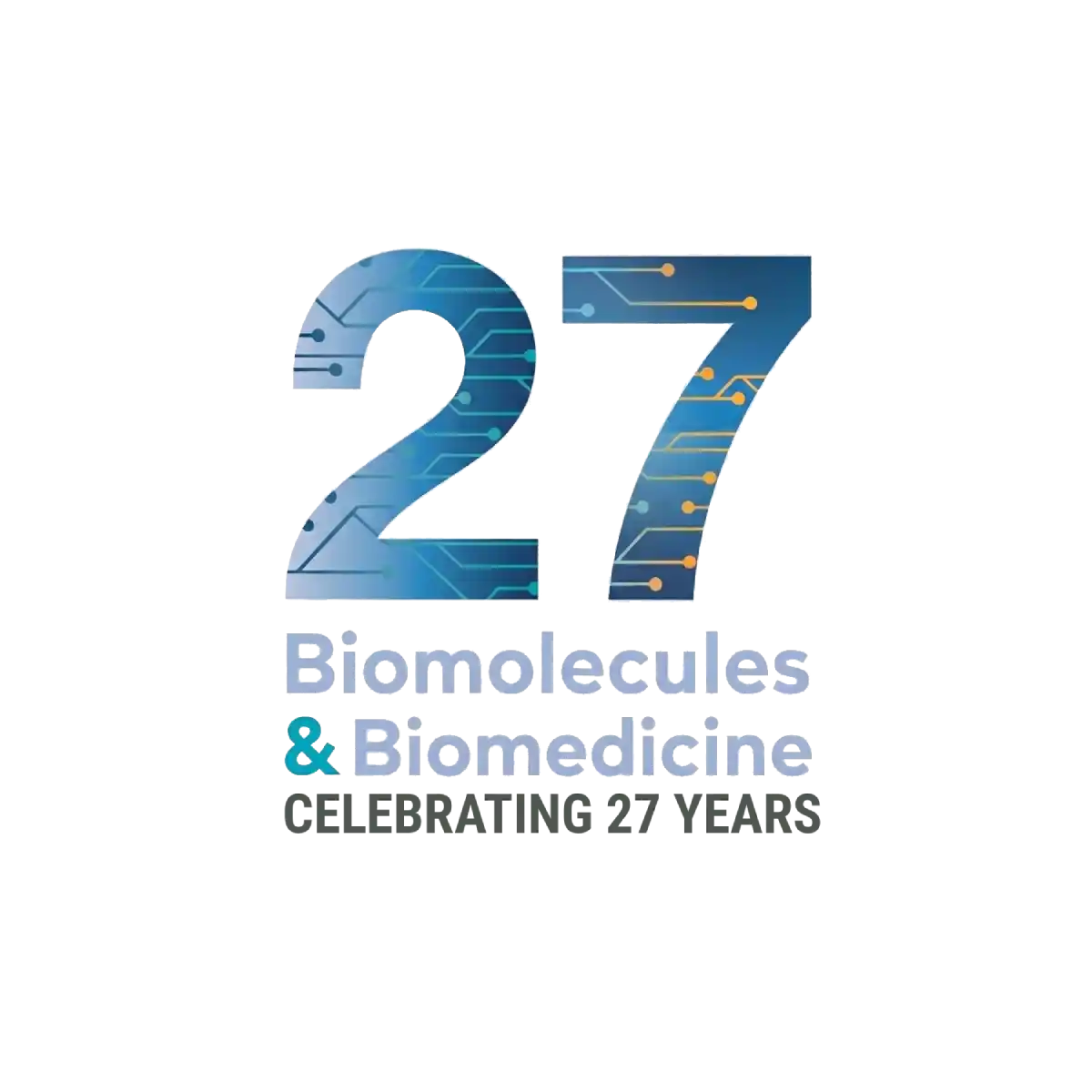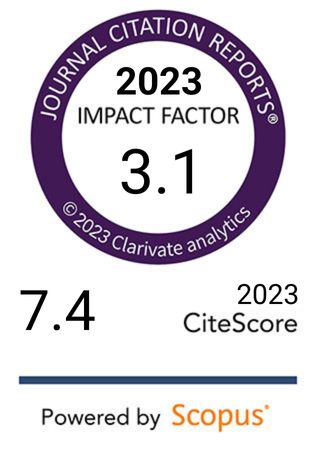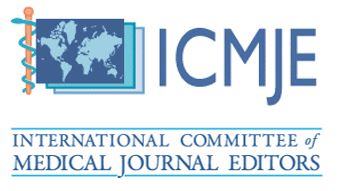Effectiveness of SGLT2 inhibitors compared to sulphonylureas for long-term glycemic control in type 2 diabetes: A meta-analysis
DOI:
https://doi.org/10.17305/bb.2025.12658Keywords:
SGLT2 inhibitors, sulphonylureas, glycemic durability, HbA1c, meta-analysis, type 2 diabetes mellitusAbstract
Sulphonylureas (SUs) are common glucose-lowering agents used for managing type 2 diabetes mellitus (T2DM). However, their long-term effectiveness is often limited due to declining β-cell function. Sodium-glucose co-transporter 2 (SGLT2) inhibitors act independently of insulin, potentially providing more sustained glycemic control. Nonetheless, comparative data regarding the long-term glycemic durability of these two drug classes are limited. We performed a meta-analysis of head-to-head randomized controlled trials (RCTs) comparing the efficacy of SGLT2 inhibitors versus SUs in patients with T2DM already receiving metformin therapy. Eligible studies reported HbA1c values at intermediate (24–28 weeks or 48–52 weeks) and final (96–104 weeks or 208 weeks) time points, with a minimum follow-up duration of 96 weeks. Pooled mean differences (MD) and their 95% confidence intervals (CIs) were calculated using random-effects models. Seven comparisons from five RCTs were included in our analysis. Compared with SUs, SGLT2 inhibitors were associated with significantly smaller increases in HbA1c over time. From 24–28 weeks to 96–104 weeks, the pooled MD was −0.28% (95% CI: −0.35 to −0.20; p < 0.001; I² = 0%). From 48–52 weeks to 96–104 weeks, the MD was −0.11% (95% CI: −0.19 to −0.04; p = 0.004; I² = 0%). In longer-term analyses, SGLT2 inhibitors demonstrated sustained benefits from 52 weeks to 208 weeks (MD: −0.22%; 95% CI: −0.34 to −0.10; p < 0.001) and from 104 weeks to 208 weeks (MD: −0.12%; 95% CI: −0.25 to −0.01; p = 0.04). Overall, SGLT2 inhibitors provide superior glycemic durability compared to SUs in patients with T2DM, supporting their preferential use as a second-line therapy after metformin.
Citations
Downloads

Downloads
Published
Issue
Section
Categories
License
Copyright (c) 2025 Zhouhong Zhan, Jialiang Wang, Nannan Shen, Xinwen Liu, Lihong Wang

This work is licensed under a Creative Commons Attribution 4.0 International License.









